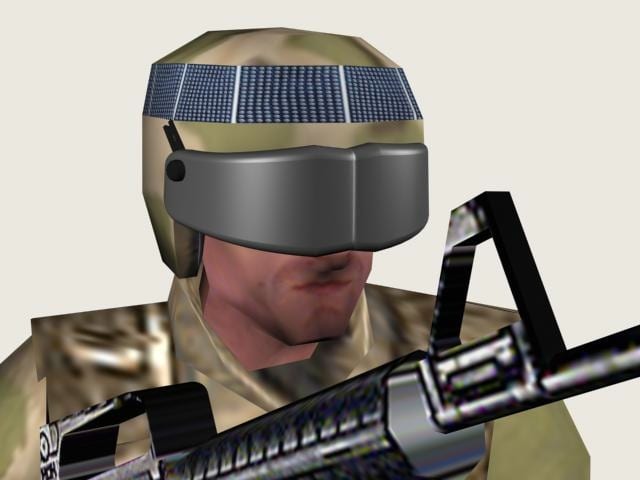In Greek mythology, Argos Panoptes was a giant sentry with a hundred eyes. But in the lab of Electrical Engineering Associate Professor Marc Christensen, Panoptes is a type of camera technology. The technology is being developed with funding from the U.S. military for surveillance by small aircraft at low altitudes.
 The research should eventually provide helmet-mounted surveillance equipment for soldiers on the ground. Lens performance tends to improve with size, which is why a small cell phone camera can’t produce a very good image.
The research should eventually provide helmet-mounted surveillance equipment for soldiers on the ground. Lens performance tends to improve with size, which is why a small cell phone camera can’t produce a very good image.
But the Panoptes technology uses the power of a computer to combine overlapping images of dozens of tiny lenses — producing a clear picture without the size and weight of a large lens.

Christensen, chair of the Department of Electrical Engineering in SMU’s Bobby B. Lyle School of Engineering, has built a nationally recognized research group in photonics and computational imaging.
His work with imaging sensors and micro-mirror arrays has been funded by the National Science Foundation and the Defense Advanced Research Projects Agency, DARPA, among others. In 2007 he received the DARPA Young Faculty Award.
Christensen also leads a project with researchers from the University of Delaware, UT-Dallas and Sandia National Laboratory.
Related links:
Marc Christensen
SMU Profile: Marc Christensen
Conference paper on Panoptes
Department of Electrical Engineering
Bobby B. Lyle School of Engineering